
FACIAL AESTHETIC TREATMENTS FOR AGING SKIN
The first thing we notice when we look at a person’s face is their skin. That’s why most of us want to keep our youthful glow as we age; who doesn’t want to stay looking young and vibrant, right?
Unfortunately, signs of aging can really creep up on you. In some cases, people start developing wrinkles and fine lines by as young as 20. What we know now, thanks to years of research, is that aesthetic treatments can significantly slow or even halt the development of these fine lines and wrinkles over time.
No one wants tired-looking skin, fine lines, hyperpigmentation, wrinkles or sagging, loose skin; if this is the reality you’re facing, help is available. You have options that can aid you in getting back to being (and looking like) your beautiful, youthful self.
Let’s talk about them, shall we?
MICRODERMABRASION
Microdermabrasion is a non-invasive procedure that gently exfoliates the skin to diminish signs of aging. This procedure is performed quickly and has very little downtime, so it’s often a good choice for people with busy lives.
This procedure works by gently blasting away the top few layers of the derma with tiny microscopic crystals. The process reveals newer, younger skin underneath while also lessening the depth of most fine lines.
Microdermabrasion is an effective anti-aging treatment because it encourages cellular regeneration. Essentially, it triggers your skin to produce newer, more youthful skin cells while also sloughing off the older dead skin cells on the top layer of skin.
PRE-PROCEDURE
Preparation for microdermabrasion is very simple, but it does require a few special steps. We’ll outline the most important processes here.
Stop using Renova, glycolic acid products, Differin and Retin-A about five days before your procedure.
Avoid waxing your skin prior to the procedure. Waxing can make skin more sensitive, leading to more irritation.
Do not sunbathe or use a tanning bed. Sun damage will make microdermabrasion more likely to cause irritation, too.
Stop smoking a week prior. Smoking impairs the body’s ability to heal, which may mean longer recovery periods. It could even raise your risk for infection.
Do not take any Aspirin-based products. Aspirin lowers blood clotting, which could raise the risk of bleeding or bruising during the procedure.
WHAT TO EXPECT DURING PROCEDURE
Most patients sail through microdermabrasion just fine, with no issues. Here’s what you can expect from the procedure:
The medical provider will use a small hand held tool to spray crystals onto your skin.
This process may be very subtly uncomfortable, but it is generally not painful. If you experience pain you cannot tolerate, tell your provider right away.
Microdermabrasion crystals exfoliate the skin gently. Then, the wand’s suction tool wicks away leftover dead skin cells.
Procedure is quick – often completed in less than half an hour.
POST-PROCEDURE
Once your microdermabrasion procedure is completed, you’re in the recovery stage. Here’s what to expect:
Your face will appear red or “pinked up.” This usually resembles a sunburn and lasts a few hours after the procedure.
Cleanse your face right after the procedure using the products your provider gives you in the office.
Apply and use a rich moisturizer every day for around one week after your procedure.
If you need to go out, make sure you put on sunscreen, as post-microdermabrasion skin is far more sensitive and can burn very easily.
INJECTABLE FILLERS
Injectable fillers fill in the skin to make it fuller or add volume. It is most often used in areas that show signs of aging earlier in life, like the lips, around the eyes, or in the forehead. Injectables like Juvederm can also be used on the back of hands and in other areas of concern.
There is also some evidence to show that early use of fillers may now slow signs of aging. Researchers aren’t yet sure why this happens, but it may have something to do with the fact that fillers provide extra support within the tissue.
So why choose injectables? While no one likes the thought of “needles,” they’re far less risky than, say, surgery or facial implants to boost volume. Plus, they enhance your natural beauty instead of changing it, bringing out your best features.
One of the reasons injectable fillers are popular is because they’re quick, there is no downtime involved, and recovery is nearly effortless for most patients. Best of all, there are multiple options to choose from!
TYPES OF INJECTABLES
There are several types of injectable fillers to choose from; none is right for every patient. To find what works best for you, you should consult with your medical provider.
Here’s a few options to consider:
- Collagen: This is the oldest available injectable filler; it was first created and used in the 1970’s. Collagen is still widely used to add volume today.
- Hyaluronic Acid: Your own body naturally produces A.; it helps to keep skin full and plump. This class of fillers includes medications like Juvederm, Restylane and Belotero.
- Calcium Hydroxylapatite: The human body also produces this substance. It works by encouraging tissue volumization where it is injected. One of the names that is commonly used for this filler is
- Poly-L-lactic Acid: This injectable filler is a synthetic substance used for deeper lines and wrinkles. It has real staying power, and can last more than two years. This class of injectables includes Sculptra.
For the best results when using injectable filler, have an initial consultation with your medical provider. You can request to look at before and after pictures of the different types of injections. Discussing your expectations with the medical provider will help you to have the best experience and reach your desired goal.
PRE- AND POST-PROCEDURE
Before your procedure, your medical provider will get you settled comfortably in the office. The rest of the procedure typically goes a little something like this:
- Your provider will first cleanse the area, and then dry it off.
- He or she will give you a local anesthetic to numb the area. This ensures you feel as little pain as possible.
- The medical provider will then inject the targeted area with the exact amount of filler needed to achieve your desired results. No more, no less.
- He or she may gently massage the area to manipulate placement until satisfied with the results.
After your procedure, you may have slight bruising. Use ice packs to reduce the swelling and any associated pain. You can go back to normal activities with no restrictions!
BOTOX INJECTIONS
Botox is a neurotoxin made from the bacteria that causes botulism. However, it will not make you sick in the same way when injected into the skin. Instead, it partially paralyzes small muscle groups that exacerbate the appearance of fine lines. Botox does this by blocking nerve activity in the muscle or muscles near the injection site.
The primary benefit of Botox is its ability to suppress muscle action, and thus, lessen the appearance of fine lines. It also reduces the development of future fine lines by lessening the associated repetitive muscle use that causes them in the first place.
WHAT TO EXPECT DURING TREATMENT
Botox injections are relatively pain-free, but may be slightly uncomfortable. A typical treatment session often includes these steps:
- Your medical provider will cleanse and prep your skin. Then, he or she will slowly inject Botox into the problem zones.
- You may receive just one injection or several injections depending on the issue and scope of the problem. Your provider will tell you prior to treatment.
Some patients experience mild burning or stinging. This goes away quickly after treatment, but you can ask for numbing injections if you find it hard to tolerate.
POST-TREATMENT AFTERCARE
After Botox, some patients experience numbness, mild inflammation, or even swelling. This is a normal reaction to the contents; it’s a sign that Botox is working. If you find this pain intolerable, ask your medical provider about over-the-counter painkillers.
You should also:
- Avoid massaging or rubbing the area for at least a few days. Don’t put pressure on the area if you can help it, either (such as sleeping on your side after treatment for crow’s feet).
- If you have a burning sensation, try topical arnica cream. This herbal product is all-natural and reduces localized inflammation.
- Most patients require little to no downtime. However, if you have injections around your lips, you may feel strange sensations while talking for a day or two. This is also normal and will pass with time.
Remember – no matter what option you choose, the key is that it should be what’s best for you. Scheduling a consultation with your medical provider is the first step to improving your skin and finding what works best. After all, they want you to look as good as you feel – these treatments make it possible.
 None
None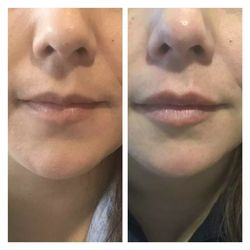 None
None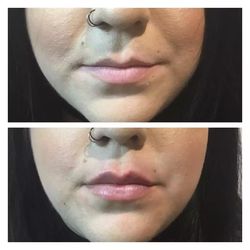 None
None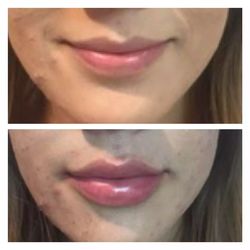 None
None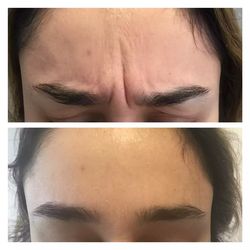 None
None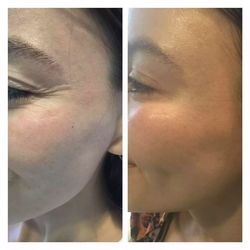 None
None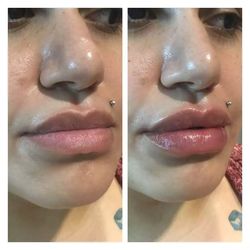 None
None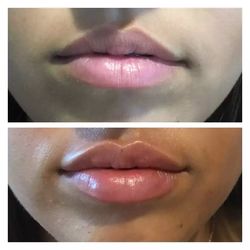 None
None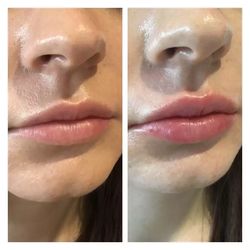 None
None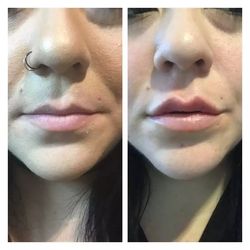 None
None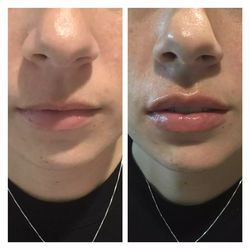 None
None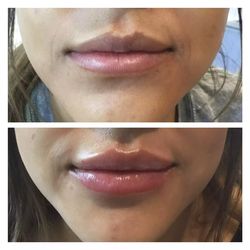 None
None None
None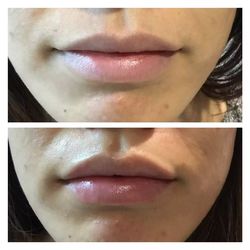 None
None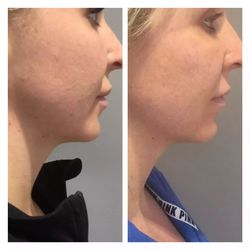 None
None None
None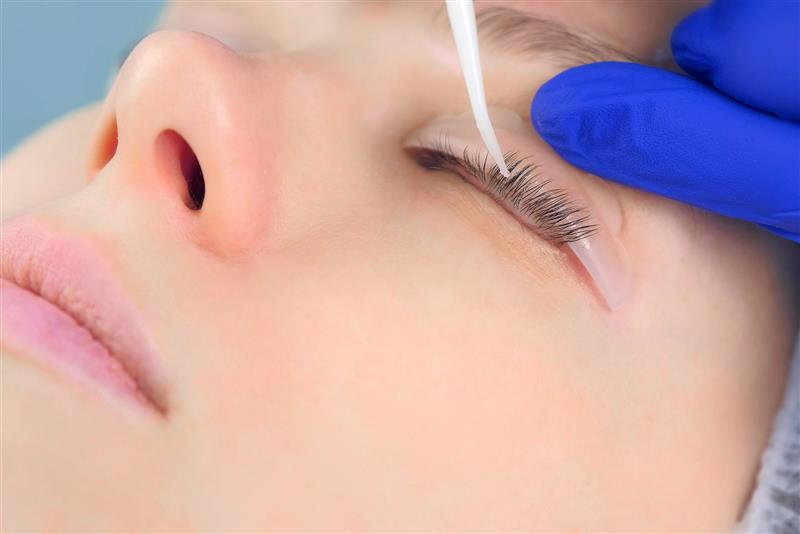


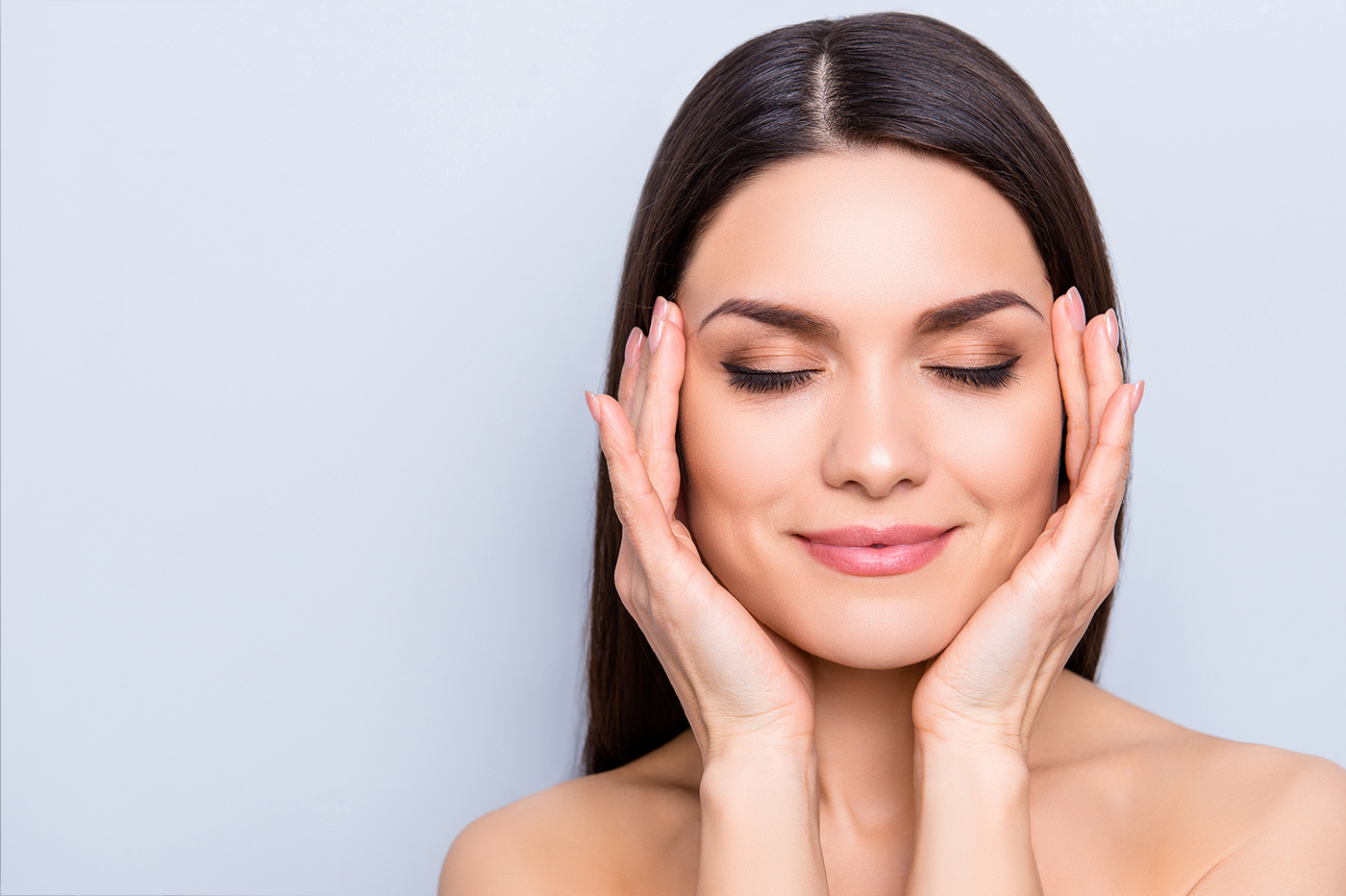
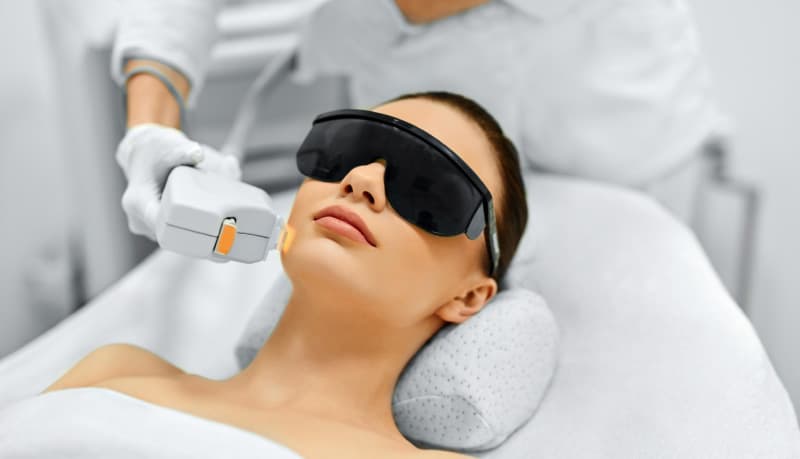









0 comments